Stablecoins have emerged as a revolutionary force in the cryptocurrency landscape, delivering the much-sought-after stability of fiat currencies with the innovative edge of crypto. They stand at the intersection of conventional finance and blockchain technology, providing a solution to the volatility that plagues popular cryptocurrencies like Bitcoin and Ethereum. Here’s why stablecoins are increasingly being seen as the harbinger of a new financial paradigm, blending the reliability of traditional money with the efficiency and versatility of digital currencies.
What Are Stablecoins?
Stablecoins are digital currencies pegged to the value of stable assets, like the US dollar, gold, or other fiat currencies, providing a less volatile option for crypto investors. By design, they aim to maintain a constant value, unlike their cryptocurrency counterparts, whose prices can fluctuate wildly in short periods. This makes them ideal for everyday transactions, cross-border trades, and as a safe haven for crypto investors during market turbulence.
The Appeal of Stablecoins
The allure of stablecoins lies in their promise to counteract the volatility of the crypto market. Services like Tether (USDT), USD Coin (USDC), and Binance USD (BUSD) hold reserves in traditional currency or other assets to back their stablecoins on a 1:1 basis, offering price stability. This stability has been crucial for individuals and businesses seeking the advantages of blockchain transactions—such as speed, security, and low fees—without the risk of dramatic value shifts.
Integrating Into Mainstream Finance
Stablecoins have been pivotal in propelling the integration of blockchain technology with mainstream financial systems. They enable smoother and faster payment processes, making them highly attractive for remittances and international trade. Financial entities that once looked askance at cryptocurrencies are now exploring the potential of stablecoins—JP Morgan’s JPM Coin being a standout example of a bank-issued stablecoin aiming to improve payment efficiency for institutional clients.
Regulatory Attention and the Road Ahead
With the rise of stablecoins, regulatory bodies worldwide are paying close attention. The heightened interest is aimed at ensuring consumer protection and financial stability, while also preventing money laundering and other illicit activities. Despite potential regulatory challenges, the stablecoin sector remains resilient, with continued growth and new offerings entering the market.
The Role in Decentralized Finance (DeFi)
The explosion of Decentralized Finance (DeFi) has been significantly fueled by the development of stablecoins. DeFi applications offer financial services on the blockchain, and stablecoins are often used as the primary medium of exchange. They bring liquidity to the ecosystem and are integral for protocols that offer lending, borrowing, and yield farming services. This synergy has contributed to a robust and vibrant DeFi space, where stablecoins facilitate a new financial system that’s open and programmable.
Ethical and Transparent Stablecoins
The rising demand for ethical financial practices has given birth to stablecoin initiatives that prioritize transparency and social responsibility. For instance, projects like Reserve not only provide stability and transparency but also focus on creating an ethical financial infrastructure for individuals and businesses.
Conclusion
The ascendancy of stablecoins represents an exciting convergence of the reliability of fiat currencies and the innovative promise of crypto. As they continue to mature and gain widespread adoption, stablecoins are positioned to play a pivotal role in the financial industry, offering a stable, efficient, and secure form of digital currency that is both user-friendly and regulatory compliant. Their growth is not just a testament to the evolving nature of money in a digital age but also a window into a future where the financial world is more interconnected, transparent, and accessible to everyone.




 AGF-B.CO
AGF-B.CO